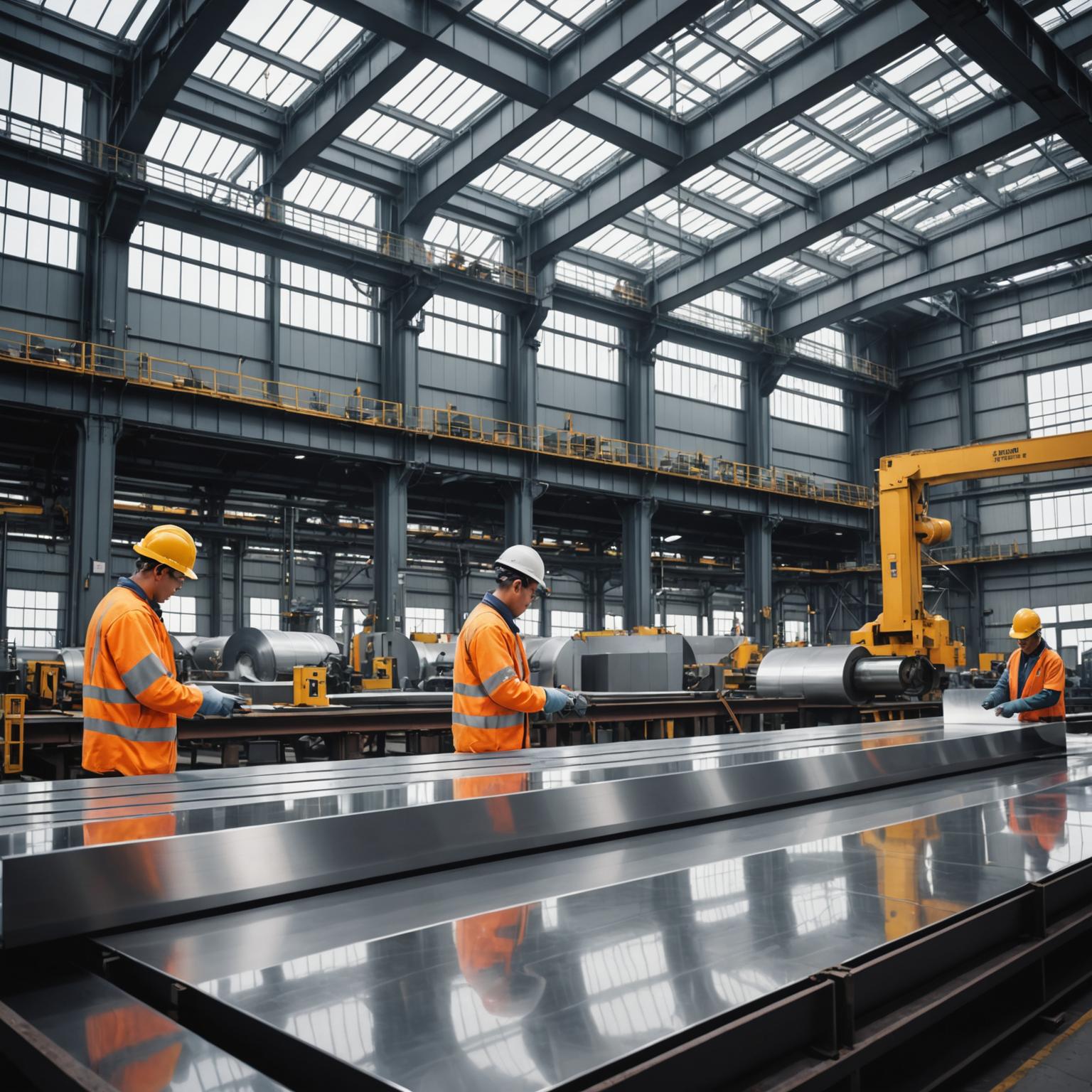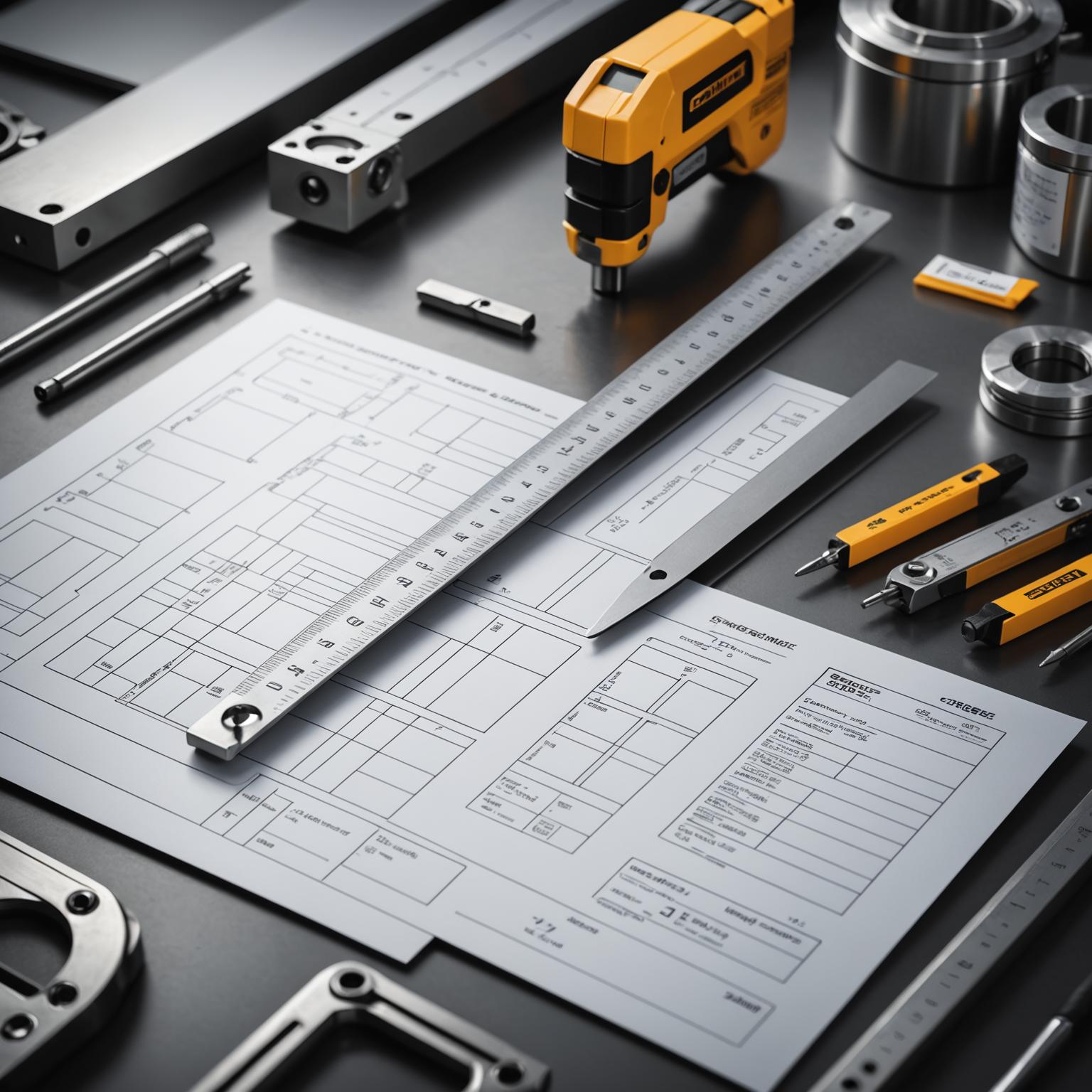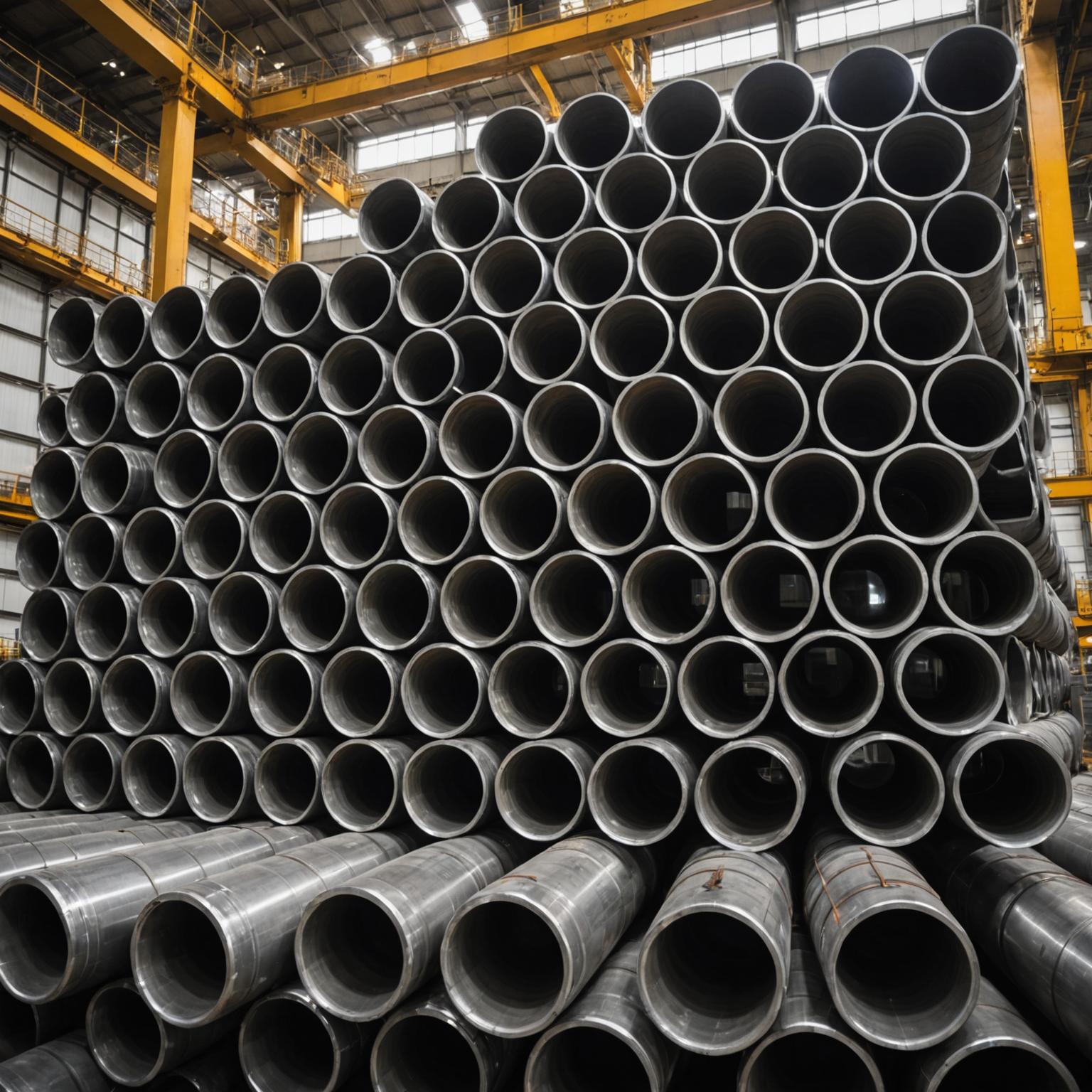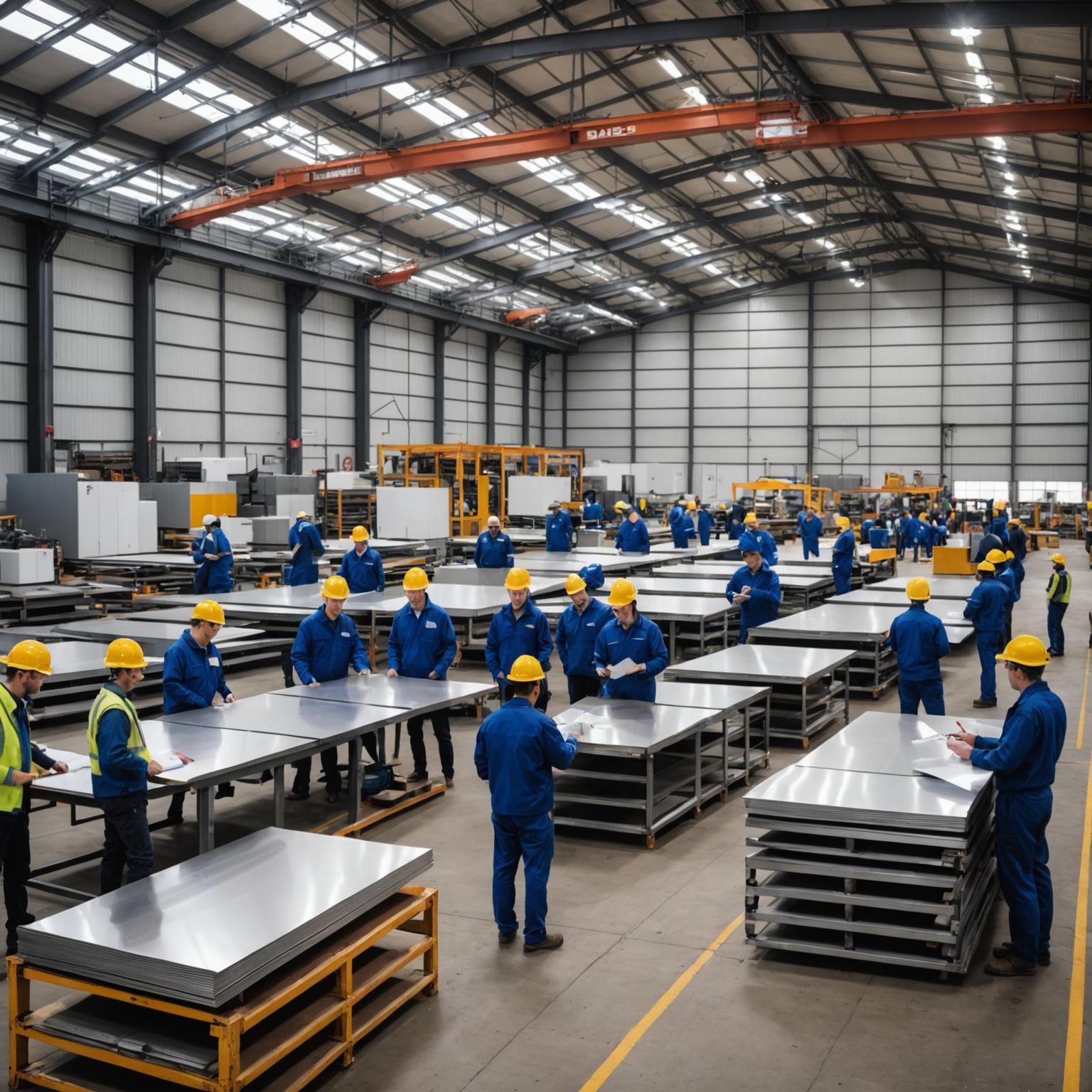When it comes to selecting materials for construction, design, or manufacturing, durability and longevity are paramount. A high-quality rust-proof stainless steel sheet offers a perfect blend of strength, aesthetic appeal, and resistance to environmental degradation, making it a top choice for countless applications. In this guide, we will answer some of the most frequently asked questions about this versatile material, helping you understand its benefits and why it might be the ideal solution for your next project. We will delve into what makes it resistant to corrosion, its various applications, and what to consider when sourcing it from a reputable supplier.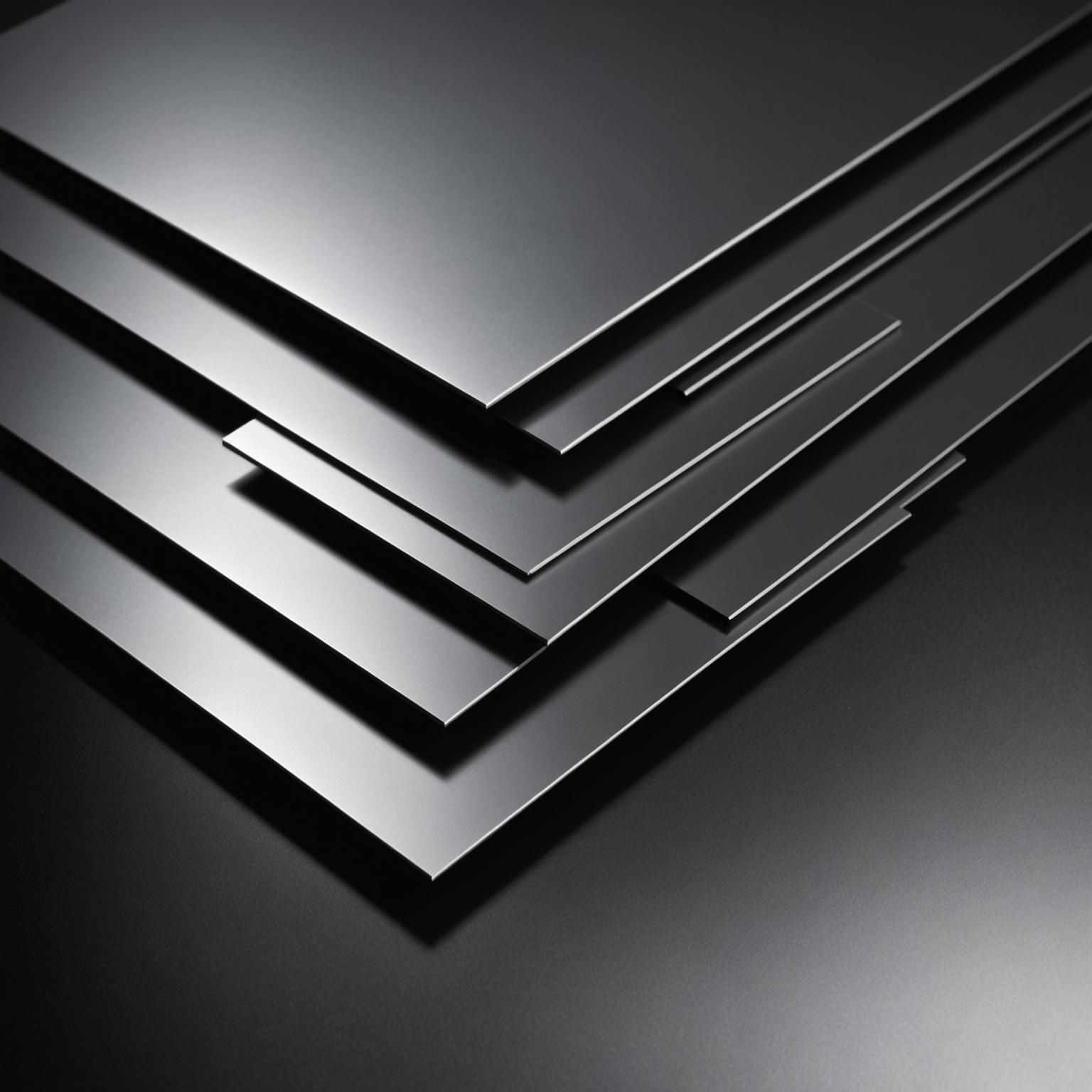
What makes a stainless steel sheet rust-proof?
A stainless steel sheet's remarkable ability to resist rust and corrosion is not magic, but rather a feat of metallurgical science. The key ingredient is chromium. For steel to be classified as 'stainless', it must contain a minimum of 10.5% chromium by mass. When chromium is exposed to oxygen in the air or water, it forms a thin, invisible, and incredibly durable layer of chromium oxide on the surface of the steel. This passive layer acts as a protective shield, preventing oxygen and moisture from reaching the iron in the steel, thereby stopping rust from forming. If the surface is scratched or damaged, this passive layer quickly reforms itself, providing continuous protection. Advanced alloys, such as those used in premium products, can further enhance this by incorporating other elements like nickel and molybdenum, which bolster resistance against specific corrosive agents like chlorides found in coastal environments.
Are all stainless steel sheets equally resistant to rust?
Not all stainless steel is created equal. There are several grades of stainless steel, each with a different composition and, consequently, a different level of corrosion resistance. The most common grades are from the 300 series, such as Grade 304 and Grade 316. Grade 304 is the most widely used and is excellent for general-purpose applications. However, for projects in more aggressive environments, such as marine or coastal areas, or those involving exposure to industrial chemicals, Grade 316 is superior. It contains molybdenum, which significantly enhances its resistance to chlorides and other corrosive substances. Therefore, choosing the right grade is critical and depends entirely on the specific demands of the environment where the material will be used. Leading suppliers can provide guidance on selecting the appropriate grade for your needs.
What are the most common applications for rust-proof stainless steel sheets?
The applications for a versatile rust-proof stainless steel sheet are virtually limitless, spanning across numerous industries. In architecture, they are used for building facades, roofing, and decorative cladding, providing a modern, sleek look that endures through harsh weather. For interior design, these sheets are popular for kitchen backsplashes, countertops, and high-end appliances, thanks to their hygienic properties and sophisticated appearance. Designers also use them to craft high-end modern furniture and fixtures. The automotive industry utilizes them for body panels, exhaust systems, and trim, while the tech sector incorporates them into casings for sophisticated devices. Their superior strength-to-weight ratio also makes them invaluable in aerospace and heavy construction, where both durability and efficiency are key.
How does the surface finish impact the sheet's properties?
The surface finish does more than just define the aesthetic. A finish like a brushed texture provides a luxurious satin sheen that beautifully diffuses light, but its benefits are also practical. This type of finish is excellent at minimizing the appearance of fingerprints, smudges, and minor scratches, making it ideal for high-touch surfaces in both commercial and residential settings. Polished or glossy finishes offer a bright, reflective look, while other textures can be created for specific design requirements. Beyond aesthetics, the finish can contribute to the material's overall performance. A smooth, non-porous finish is easier to clean and more hygienic, which is why it's a staple in food processing and medical environments. Premium sheets often feature finishes engineered for superior fingerprint resistance and a sophisticated, modern look.
What should I look for when choosing a supplier for these sheets?
When selecting a supplier, it’s crucial to look beyond the price tag. You should partner with a company that prioritizes quality, offers a wide range of options, and provides expert support. A reliable supplier, such as Span International, will be able to offer various grades and thicknesses to suit any project, from delicate electronics to heavy-duty industrial applications. Look for a supplier that can provide detailed specifications on their products, including information on corrosion resistance, strength-to-weight ratio, and temperature tolerance. Furthermore, a company committed to sustainability is a significant plus. Ask about their manufacturing processes and whether their products, like the 100% recyclable UltraSlate Pro, are produced with minimal ecological impact. Companies like Span International understand that they are not just selling a material, but a solution for innovators.
How do I clean and maintain stainless steel to ensure its longevity?
Maintaining stainless steel is surprisingly simple, which is part of its appeal. For routine cleaning, a soft cloth or sponge with warm water and a mild detergent is usually all that is needed. Always rinse thoroughly with clean water and wipe dry with a soft cloth to prevent water spots, making sure to wipe in the direction of the grain on brushed finishes. For tougher stains or fingerprints, specialized stainless steel cleaners are available. It is important to avoid using harsh abrasives like steel wool or scouring powders, as they can scratch the surface and compromise the protective passive layer. Also, avoid cleaners containing chlorides, such as bleach, as they can be corrosive over time. With proper, gentle care, your stainless steel surfaces will maintain their pristine appearance for decades.



